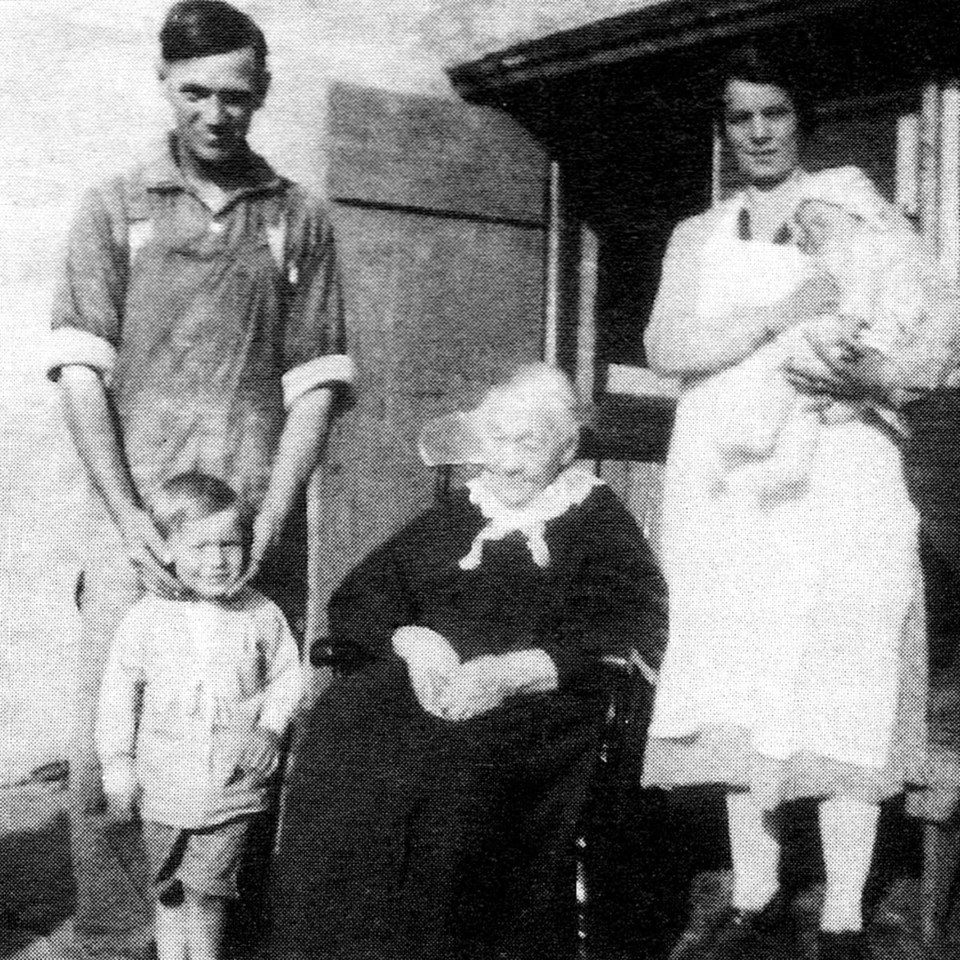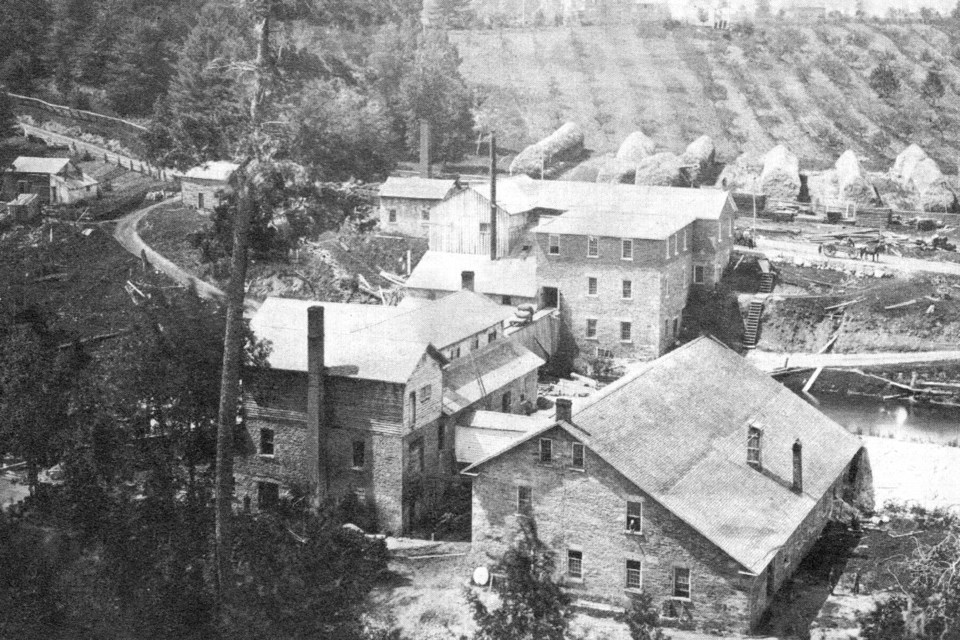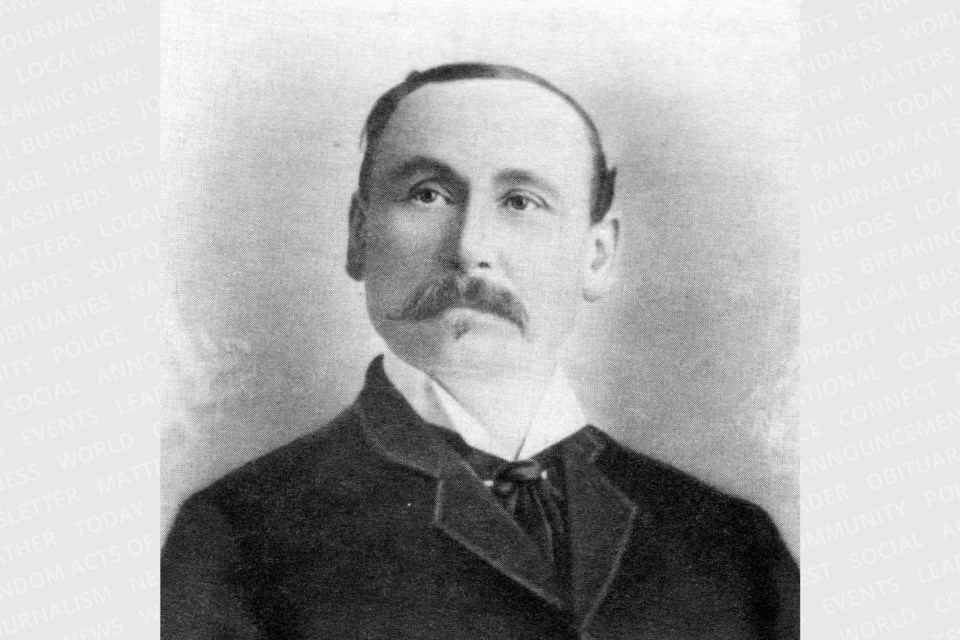Communities consist of roads that we use each day to connect us from one place to another, but amidst the hustle of life, we seldom stop to think about the people behind the street names.
These throughways are commonly named after historical figures who played a role in their community, with Halton Hills having many examples of streets labelled in honour of such people from our past.
One road that comes to mind is Kirkpatrick Lane situated in the historic village of Limehouse, named after Sid Kirkpatrick - Limehouse’s last blacksmith.

Sid Kirkpatrick was born as Sidney Moffat in England in 1891 and was brought over to Canada as a ‘home boy’ to work on a farm in hopes of a better life after, presumably, becoming an orphan.
He was adopted by a loving couple, Charles and Phoebe Kirkpatrick, in Limehouse. Growing up, Kirkpatrick took an interest in blacksmithing and completed an apprenticeship at the O’Neill Carriage Works in Georgetown, eventually taking ownership of the Limehouse blacksmith shop in the early 1920s.
In 1923, he married Caroline Standish and they had six children. Kirkpatrick worked as a blacksmith until his retirement from the trade in 1949, ending the 92 years of blacksmithing in Limehouse. Kirkpatrick passed away at the age of 78 in 1969.
Another example of a street named after a historical figures is Barber Drive in Georgetown. This street honours the Barber brothers, Irish entrepreneurs responsible for the establishment, in 1854, of the paper mill on the banks of the Credit River.

The old Barber Mill, located on present-day River Drive, was not just known for paper production, but also for being the first in North America powered by hydro-electricity. This was achieved by constructing a 100-hp dynamo plant in 1888, downstream from the mill.
After a long reign under Barber ownership, the mill was sold to the Provincial Paper Company in 1911 and continued operations up to November 1948. Later, a furniture company occupied the mill until being abandoned in the mid-1970s and left to rot. All that remains are deteriorated ruins.
A final example of a street remembering someone of the past is Acton’s Storey Drive, named for prominent glove manufacturer William Heslop Storey.
W.H. Storey, born March 8, 1837 in England, immigrated to Canada with his parents in 1845 and lived in Toronto. It was there Storey had an apprenticeship in making leather saddles.
In 1856, Storey moved to Acton to work in saddlery but, by 1868, he switched to glove manufacturing and became one of Canada’s largest glove manufacturers. To keep up with demand, he built a factory on Bower Avenue, where the post office is presently located.
Along with being a glove maker, Storey was Acton’s first reeve upon the village’s incorporation in 1874 and even served as Halton County warden. He had a grand house built in 1879, known as ‘Sunderland Villa,’ on Mill Street East, which now houses the MacKinnon Funeral Home.
Following his death on March 6, 1898, his son W.A. succeeded him as president. Glove manufacturing continued on Bower until the plant was closed in 1954 and the building demolished a decade later.
While only three streets have been used as examples in this article, there are countless roads that also have a historical story behind them, no matter where you look in Halton Hills, just waiting to be discovered.
Article written by Scott Brooks, with information from Dills Collection/EHS/HHPL.



